The Yellow Plume Of Death
If you're reading this, there's a 99% chance you never have to worry about Yellow Fever; you may not even know what it is. However, for over 200 years, Yellow Fever was one of the most feared illnesses in the world. Read on to learn how this deadly disease shaped American history.
1. Means Of Transmission
Yellow Fever is a viral infection spread by infected mosquitos, similar to malaria. Mosquitos can inherit the virus from their parents or catch it from infected humans. The virus spreads throughout the mosquito until it reaches the salivary glands, where it's primed to be passed onto humans.
2. What's In A Name
We'll get into where the yellow in the name comes from in a minute. Yellow Fever was so prevalent throughout the Southeast that it became known as the American Plague. Other nicknames for the disease included Bronze John, the Saffron Scourge, and the Yellow Plume of Death.
 José Guadalupe Posada on Wikimedia
José Guadalupe Posada on Wikimedia
3. Symptoms
Most Yellow Fever cases were relatively mild with typical flu symptoms lasting for about a week. However, about 15% of Yellow Fever cases become toxic; the heart begins to race, the body seizes, the patient expels black vomit, and jaundice sets in. Jaundice is a yellowing of the skin and eyes as a result of liver failure.
4. Old World Disease
Yellow Fever was (and remains) an Old World Disease found in Africa. How the disease came across the ocean blue is thanks to one of the most shameful chapters of the human history: the Triangle Trade. Infected mosquitos hitched a ride in the water barrels of slave ships coming back from Africa.
5. Initial Outbreaks
The first outbreak of Yellow Fever in the New World was in Barbados in 1647. Gradually, the disease climbed up through the Caribbean and Central America to the United States. The first American outbreak was in Boston in 1699, and the disease would continue to terrorize America for centuries.
6. Tricky Treatments
Even today, there are no treatments for Yellow Fever beyond antibiotics. Things were even worse before we understood germ theory. Doctors believed that Yellow Fever was spread through the air; during epidemics cities were choked with smoke to purify the air and strict quarantines were imposed on the infected.
 Daniel Vierge / Vicente Urrabieta / Samuel Urrabieta on Wikimedia
Daniel Vierge / Vicente Urrabieta / Samuel Urrabieta on Wikimedia
7. Sickly Season
If there was one good thing about Yellow Fever it was that it was a seasonal disease. While mosquitos dropped along with temperature, they passed the disease on through infected eggs. These eggs would hatch near standing water in the summer, and the whole cycle would begin again.
8. Misguided Medicine
Surviving Yellow Fever leads to immunity, generally without any complications, and as the disease originated in Africa, many believed that Black people were naturally immune. During the devastating 1793 epidemic, Founding Father Benjamin Rush used this logic to his advantage. Rush convinced Philadelphia's free Black population to put their lives at risk in hospitals in funeral homes.
9. Swamp Science
One thing a lot of people don't think about with regards to Colonial America is that most major metropolitan areas were essentially swamps. Standing water is a major breeding ground for mosquitos and for infection. This is part of the reason why there are laws about putting out standing water in parts of Florida
 Jean Leon Gerome Ferris on Wikimedia
Jean Leon Gerome Ferris on Wikimedia
10. Poor Sanitation
Like we said, colonial sanitation was not the best, to say the least, and nowhere was this best illustrated than Philadelphia. Philadelphia was the first capital of America, and it also happened to be surrounded by swamps filled with waste and water runoff. When a refugee ship from Haiti docked in 1793, it brought Yellow Fever with it.
 Drawn & Engraved by W. Birch & Son. on Wikimedia
Drawn & Engraved by W. Birch & Son. on Wikimedia
11. Flee The City
Philadelphia was a bustling city of 50,000 people when the epidemic was declared. Those who could afford to flee did, especially after a body was found on the steps of the State House. Nearly half the city's population fled; those who waited faced roadblocks and inspections in their attempts to leave.
 Drawn & Engraved by W. Birch & Son. on Wikimedia
Drawn & Engraved by W. Birch & Son. on Wikimedia
12. A Devastated Capital
Three months after the start of the epidemic, the official all clear was declared on November 14, 1793. Gradually, refugees returned to the capital, though they found it significantly emptier. Philadelphia lost over 10% of its population, and there were further epidemics to come.
 Miscellaneous Items in High Demand, PPOC, Library of Congress on Wikimedia
Miscellaneous Items in High Demand, PPOC, Library of Congress on Wikimedia
13. Can't Get Away Club
Following the 1793 outbreak, Yellow Fever became commonplace, with the disease resurfacing most summers. To compensate for annual outbreaks and the high cost of doctors, many cities banded together to nurse the infirm through their fevers. The Can't Get Away Club was started in Mobile, AL in 1839 to care for infected Mobilians.
14. A Presidential Plot
Before we realized how Yellow Fever spread, a Kentucky doctor named Luke P. Blackburn, aka "Dr. Black Vomit" tried to use the disease for nefarious purposes. In the final weeks of the Civil War, Blackburn planned by cripple the Union by sending "contaminated" clothing to the White House. Unsurprisingly, Blackburn's failed; surprisingly, it didn't hurt his reputation, as he was later elected governor of Kentucky.
 Alexander Gardner on Wikimedia
Alexander Gardner on Wikimedia
15. A Scientific Breakthrough
Cuban doctor Carlos Finlay was the first to propose that Yellow Fever was spread by mosquitos rather than people. However, when Finlay presented his theory in 1881, he was ridiculed for it! Nevertheless, Finlay was given permission to pursue his mosquito hypothesis for the next two decades.
16. A Human Cost
At the same time that Finlay was experimenting with mosquitos, groundbreaking had begun for the Panama Canal. The Panama Canal was one of the greatest man-made wonders of the 20th century—and one of the costliest. The Canal Zone was filled with mosquitos and standing water; thousands of workers succumbed to the disease.
17. The Last Outbreak
The last Yellow Fever outbreak on American soil was in New Orleans in 1905. New Orleans had already suffered devastating epidemics in the 1850s & 1870s, and was located in a prime spot for incoming ships to bring tropical diseases. Several hundred patients succumbed to the disease.
 Juan Manuel Blanes on Wikimedia
Juan Manuel Blanes on Wikimedia
18. Seeing The Light
20 years after Carlos Finlay first proposed that Yellow Fever was spread by mosquitos, Major Walter Reed confirmed his theory. Using human volunteers, Reed and his staff confirmed that the virus was so small it could pass through bacteria filters. Thanks to advances in germ theory, the public believed him.
 Unidentified photographer on Wikimedia
Unidentified photographer on Wikimedia
19. Dynamic Duo
Though Reed often gets the credit for eradicating "Yellow Jack", at least in America, Reed was quick to credit Finlay for laying the groundwork for him. Reed credited Finlay in both academic and personal papers, hoping that credit would be shared.
20. Get The Jab
While there is no treatment for Yellow Fever, a vaccine was developed in 1937 that's still in use. Again, if you're reading this you probably don't need to worry about catching Yellow Fever at home. However, the CDC & WHO recommend getting a dose if you're traveling to tropical South America or Sub-Saharan Africa.
KEEP ON READING
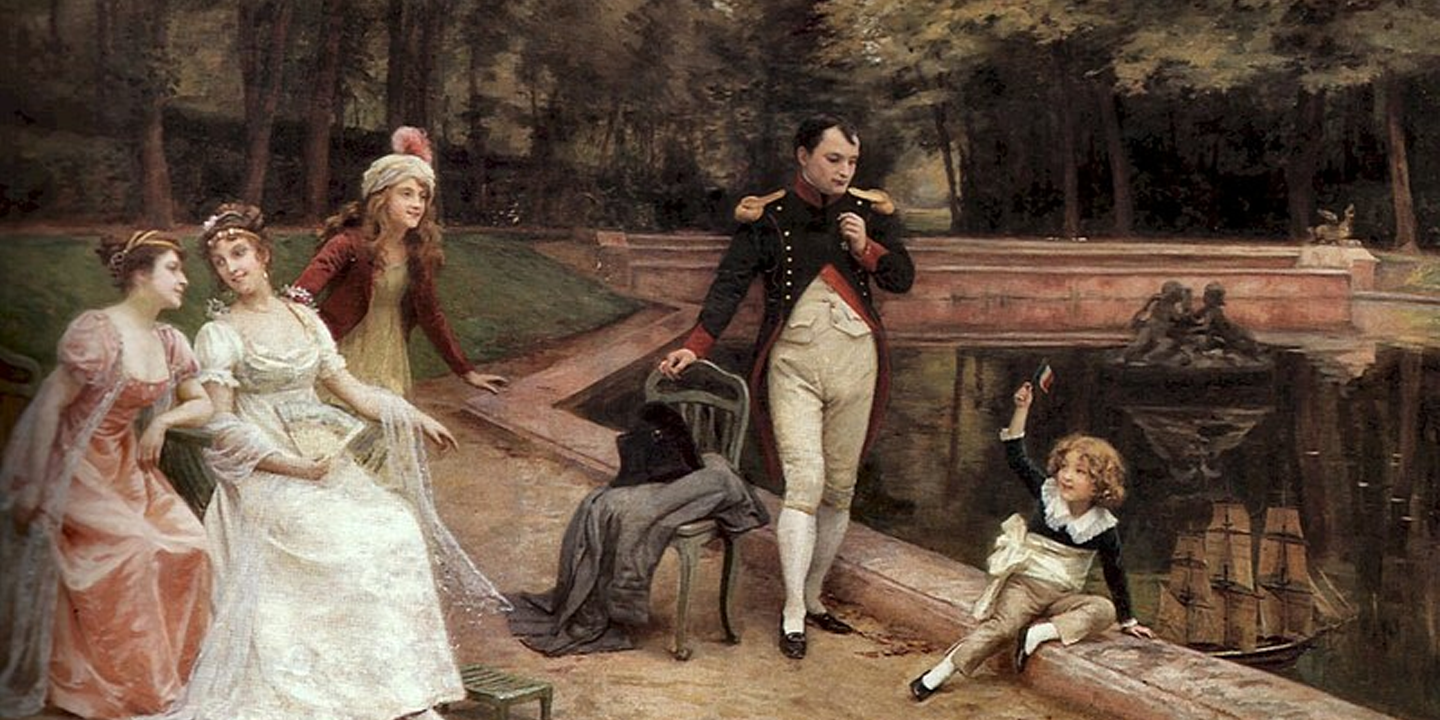
The 20 Most Recognized Historical Figures Of All Time
The Biggest Names In History. Although the Earth has been…
By Cathy Liu Oct 4, 2024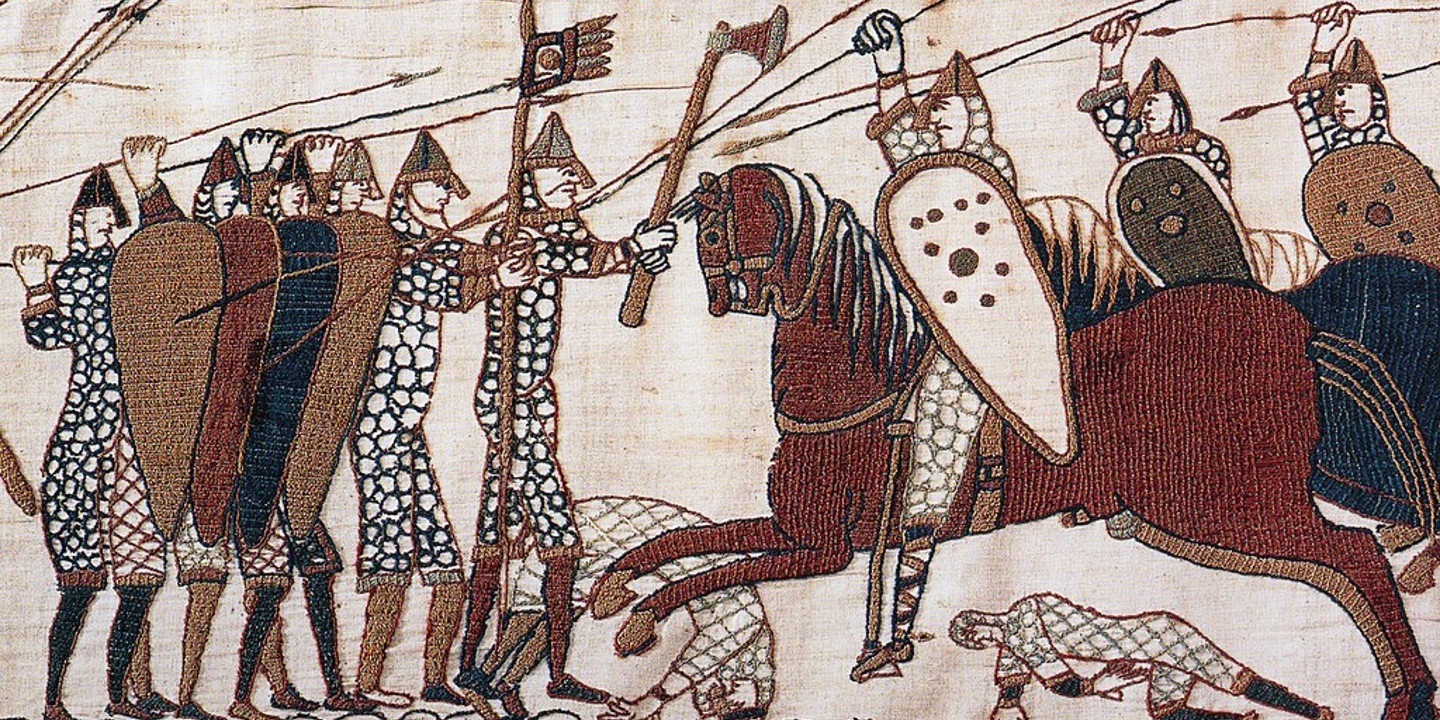
10 of the Shortest Wars in History & 10 of…
Wars: Longest and Shortest. Throughout history, wars have varied dramatically…
By Emilie Richardson-Dupuis Oct 7, 2024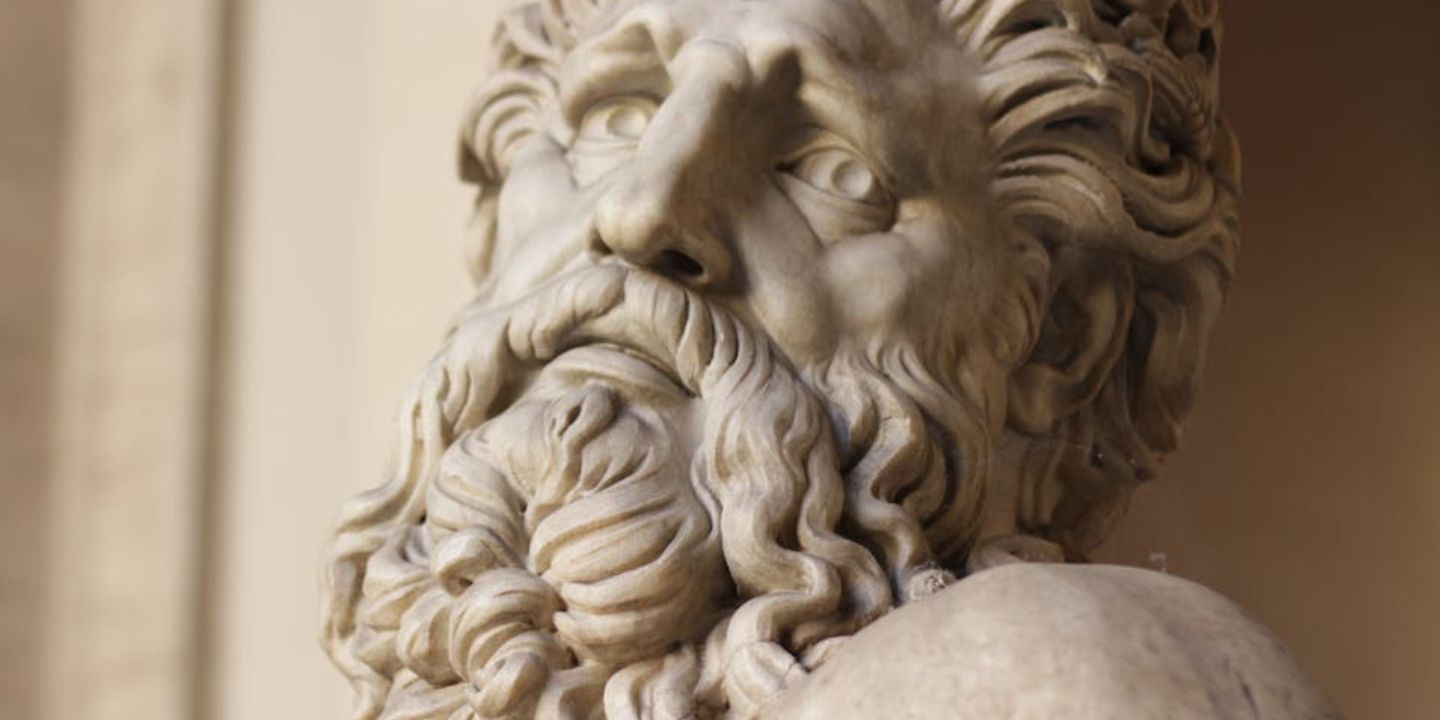
10 Fascinating Facts About Ancient Greece You Can Appreciate &…
Once Upon A Time Lived Some Ancient Weirdos.... Greece is…
By Megan Wickens Oct 7, 2024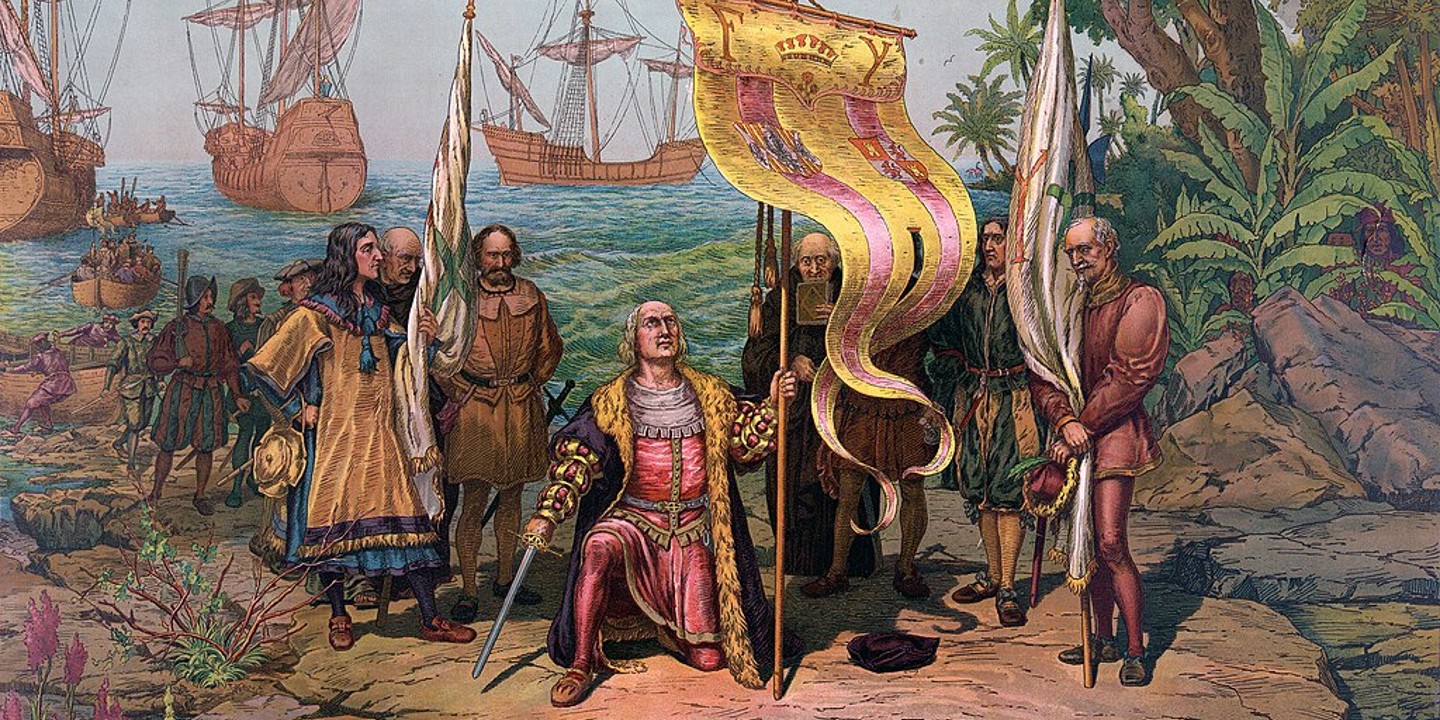
20 Lesser-Known Facts About Christopher Columbus You Don't Learn In…
In 1492, He Sailed The Ocean Blue. Christopher Columbus is…
By Emilie Richardson-Dupuis Oct 9, 2024
20 Historical Landmarks That Have The Craziest Conspiracy Theories
Unsolved Mysteries Of Ancient Places . When there's not enough evidence…
By Megan Wickens Oct 9, 2024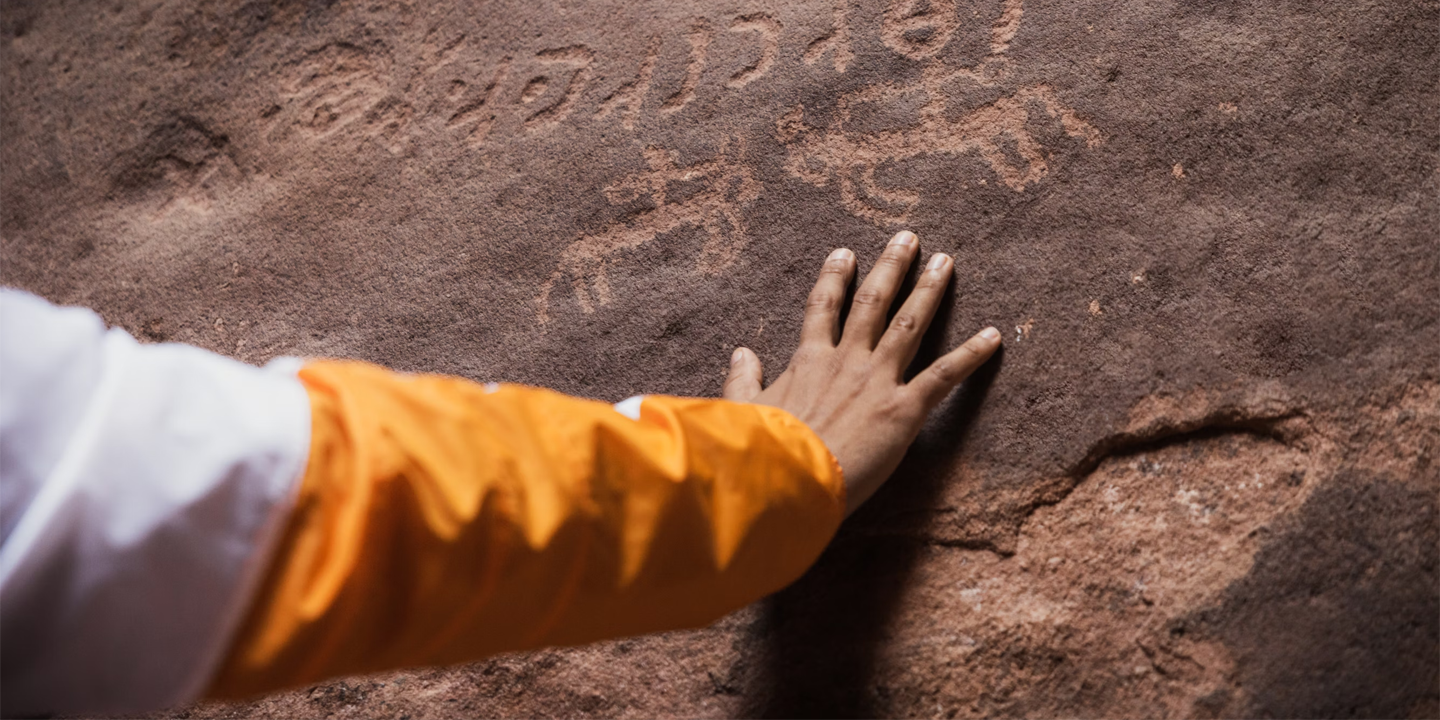
The 20 Craziest Inventions & Discoveries Made During Ancient Times
Crazy Ancient Inventions . While we're busy making big advancements in…
By Cathy Liu Oct 9, 2024












